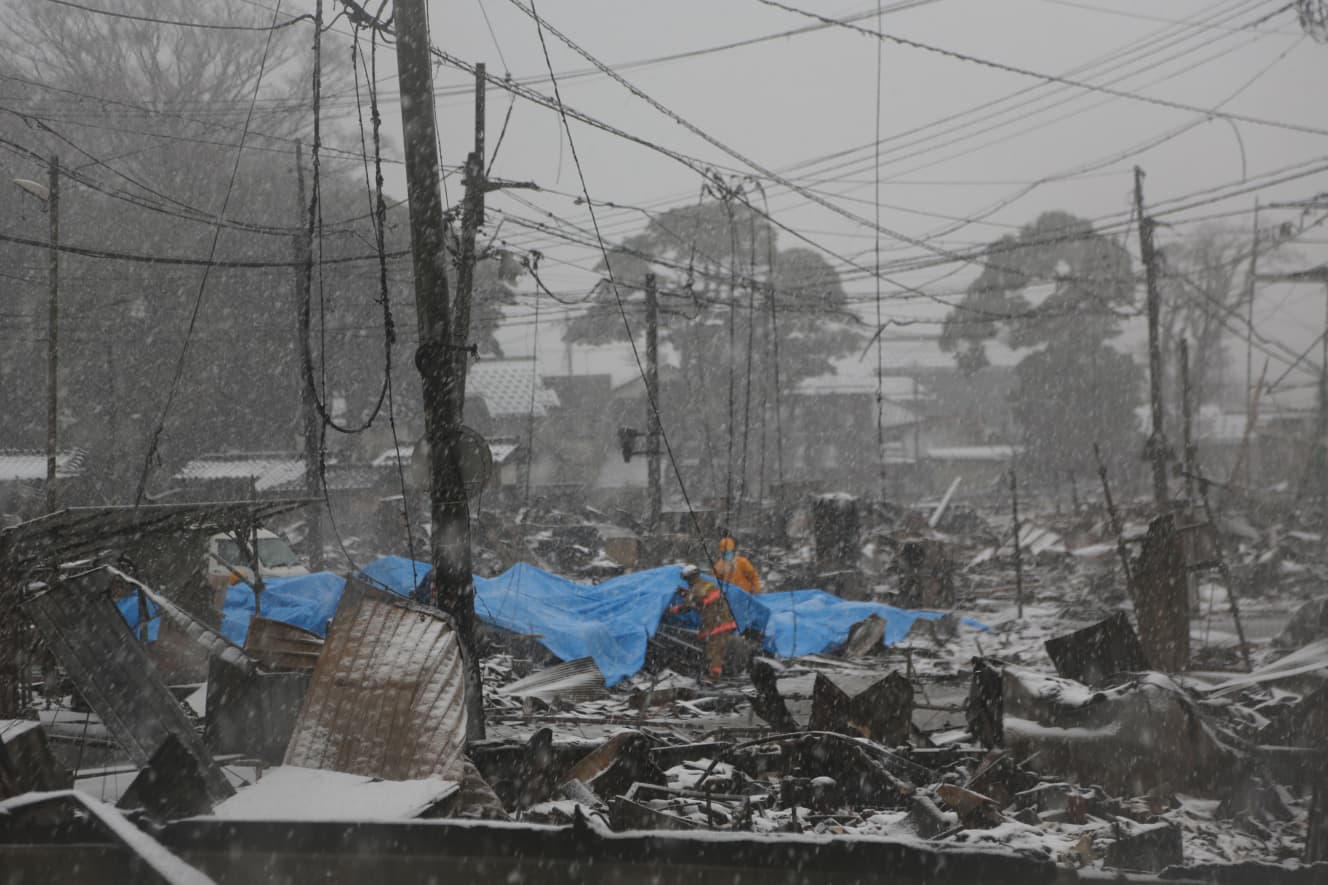The Noto Peninsula Earthquake: Medical Staff Stayed Up All Night to Cope… “My body can’t handle it,” said a victim of the earthquake in the Noto Peninsula.
Since the earthquake, the medical staff has been working all night. They can’t even go home, and they are busy dealing with patients and holding countermeasure meetings. Doctors dispatched from Kanazawa and other distant areas are also working on the situation, but to be honest, they are not physically able to cope with the situation. ……
The “Reiwa 2024 Noto Peninsula Earthquake” that occurred on January 1 has transformed the New Year’s mood of the city, and as of January 11, 213 people had died and 37 were unaccounted for. The quake, which measured a maximum intensity of 7 on the Japanese scale, cut off roads and collapsed houses in Wajima and Suzu cities. The reporter was stuck in heavy traffic on the way from Kanazawa to Suzu City, and by the time he arrived in Suzu City, it was already dark.
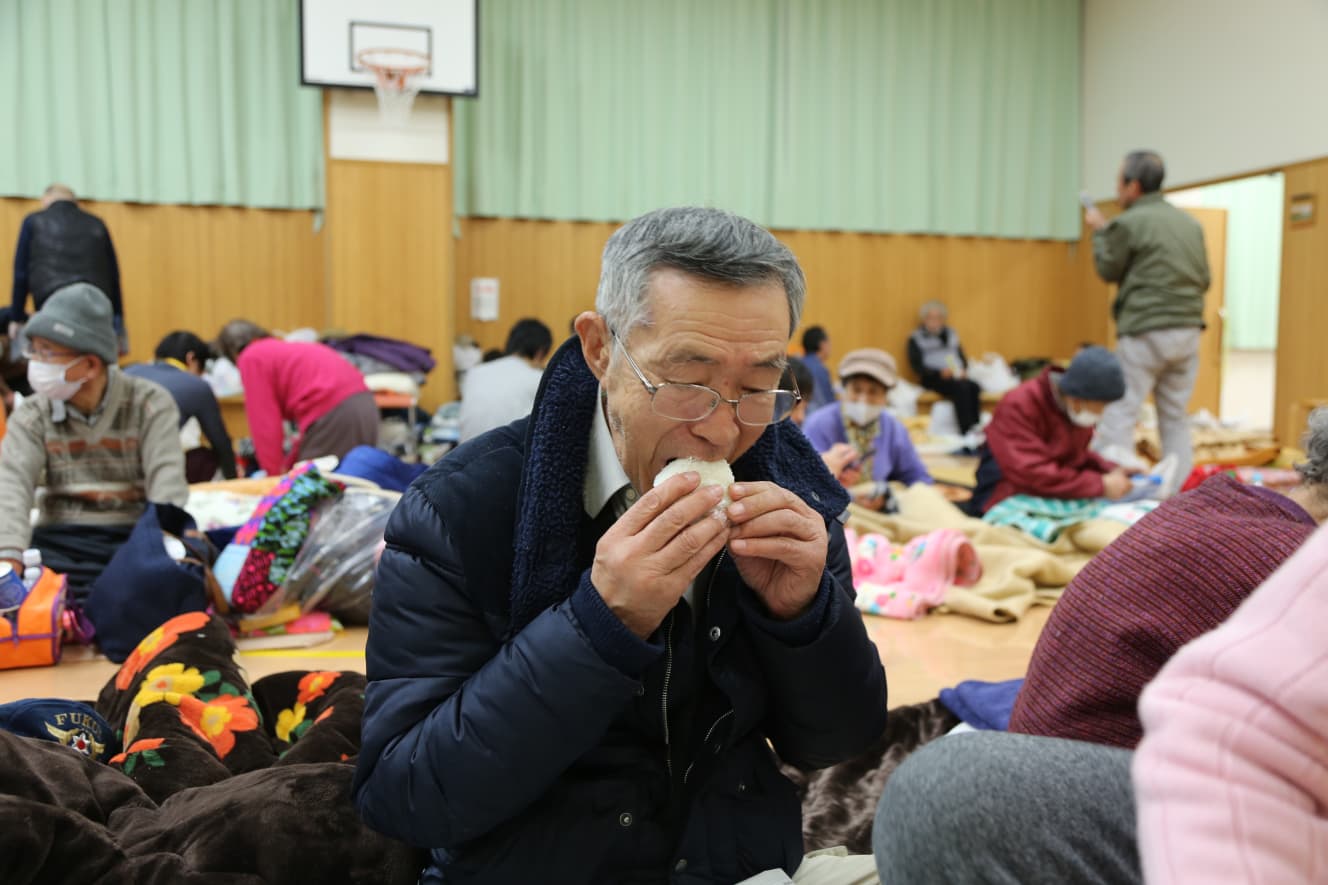
On January 5, this reporter arrived in Suzu City and visited the Suzu City General Hospital, which was accepting injured victims. The administrative staff member who agreed to do the interview continued, “The people who are brought to this hospital are not the same as those who were evacuated.
Many of the people brought to this hospital have broken bones or cuts from collapsed houses. We also have patients who have fallen ill in evacuation centers. There are many elderly people in Suzu City, so living in an evacuation center for a long time is very hard on their bodies.”
A week has passed since the earthquake, and the victims are not only suffering from the primary damage caused by the shaking. Living in shelters in the cold and snowy weather, even during the daytime, certainly takes a toll on the physical strength of the victims.
Although temporary toilets had been set up, they were filled with unbearable odors due to the lack of running water and the inability to flush. To add to the situation, there have been reports of burglaries and theft of supplies targeting the affected houses, and the government has issued a warning.
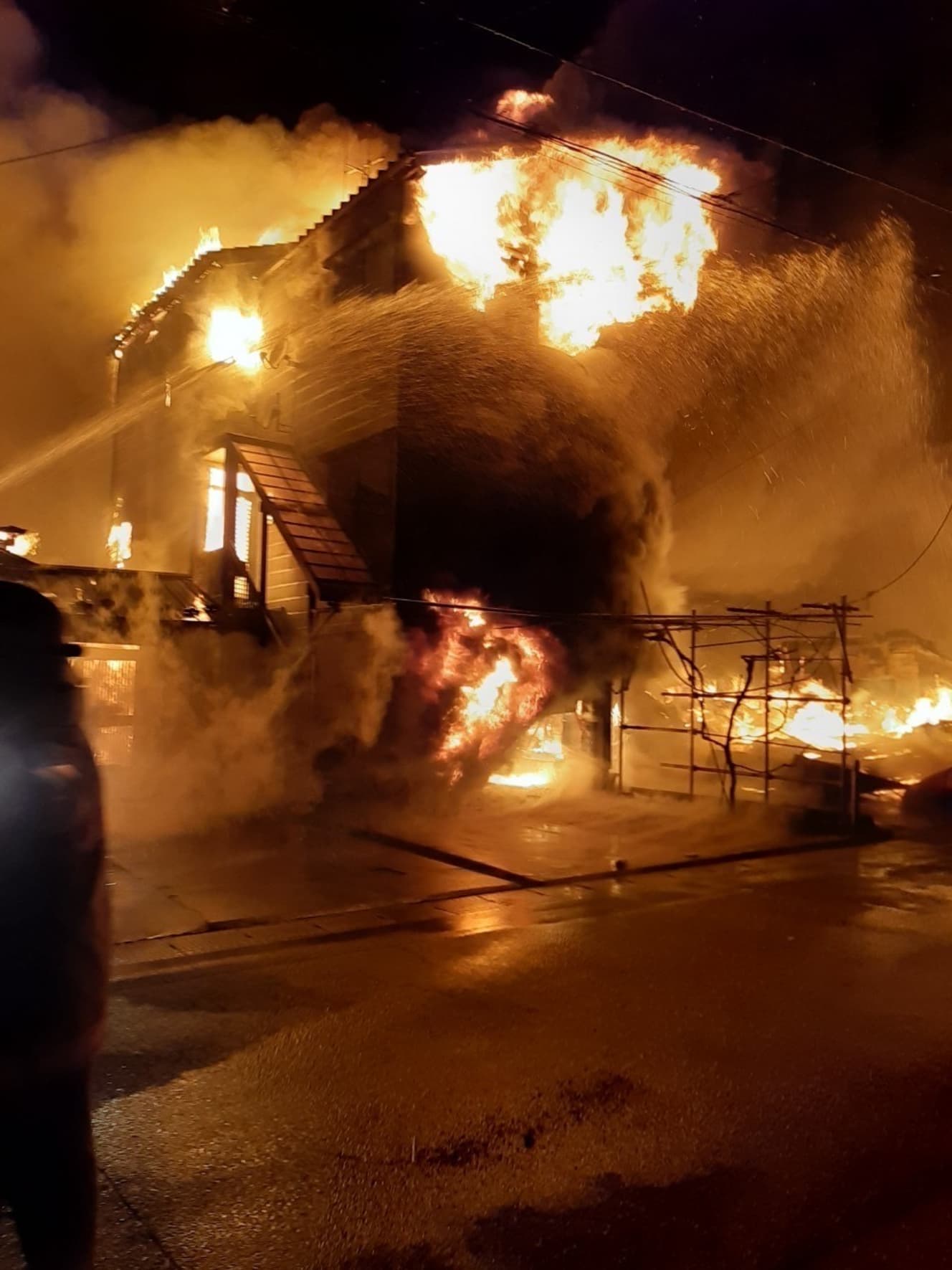
This reporter also visited the “Wajima Fureai Health Center,” which serves as an evacuation center in Wajima City. At the evacuation center, an announcement was made to “open the windows and change the air,” perhaps as a precaution against infectious diseases. However, some of the victims with weakened immune systems may contract the disease. Hiroki Wase, 48, who was at the evacuation center, agreed to be interviewed.
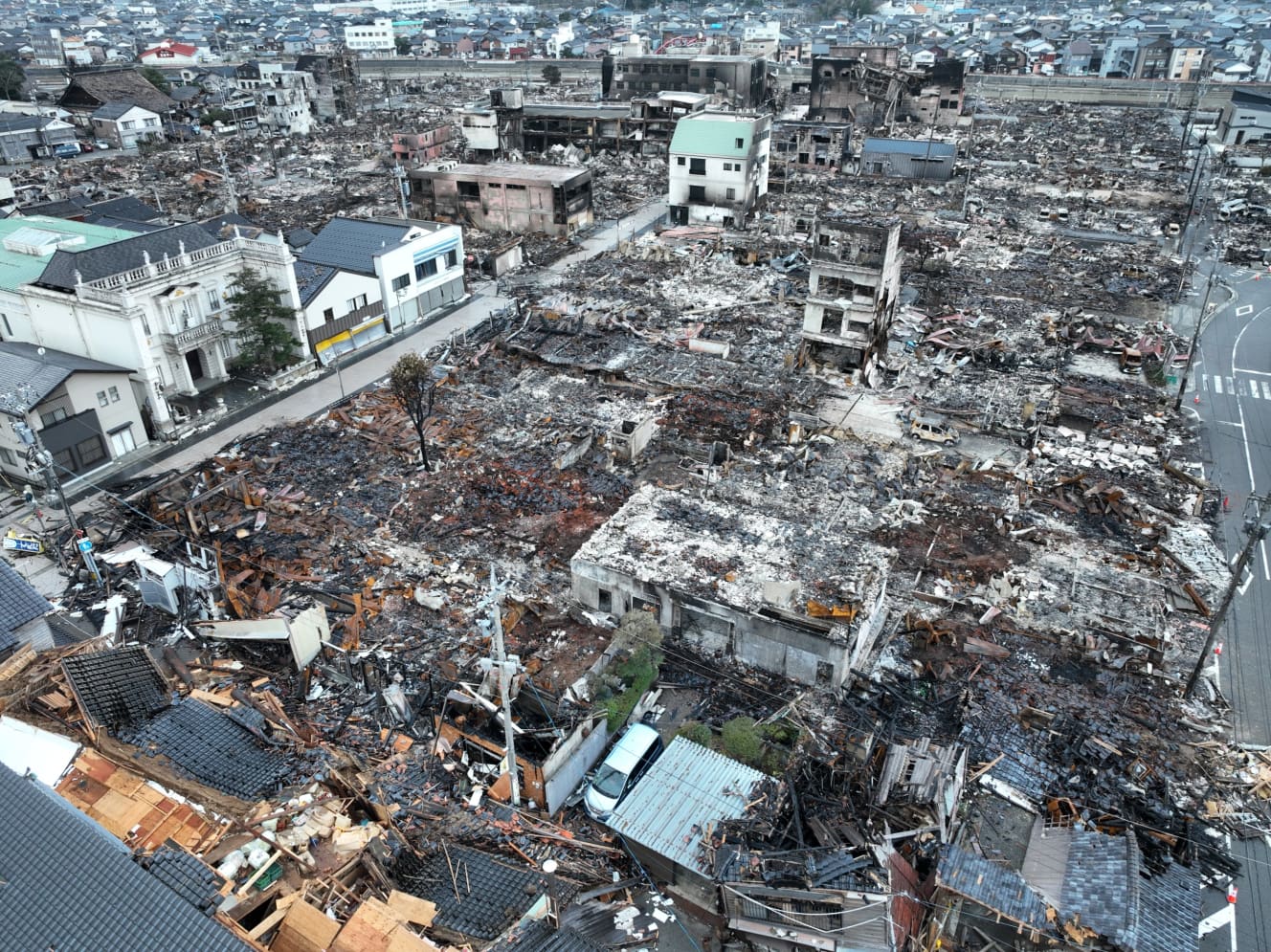
I was just returning home to my parents’ house in Wajima City when the disaster struck. I evacuated here with my mother. The evacuees are sleeping in large rooms and hallways, and my 74-year-old mother got a fever on the night of the 5th. ……
We went to the hospital on the morning of the 6th and she was diagnosed with corona. Now, the mother is living in a shelter while being quarantined. When she developed a fever, it was about 38 degrees Celsius. Now it has dropped to about 37 degrees. Earthquakes are not something that can be avoided, and I can only think that it can’t be helped.
On January 6, at the “Wajima Fureai Health Center,” a piece of bread was provided for breakfast, a boiled egg for lunch, and a rice ball and vermicelli soup for dinner. Although this was not a very sufficient meal, according to the staff, “It is difficult to distribute food because it would be unfair if the number of evacuees and the amount of supplies were not sufficient. Despite this situation, there were some survivors who were able to stay positive. Takashi Hirano, 56, who lives in the evacuation center, tells us, “In areas where there are many wooden houses, they have collapsed.
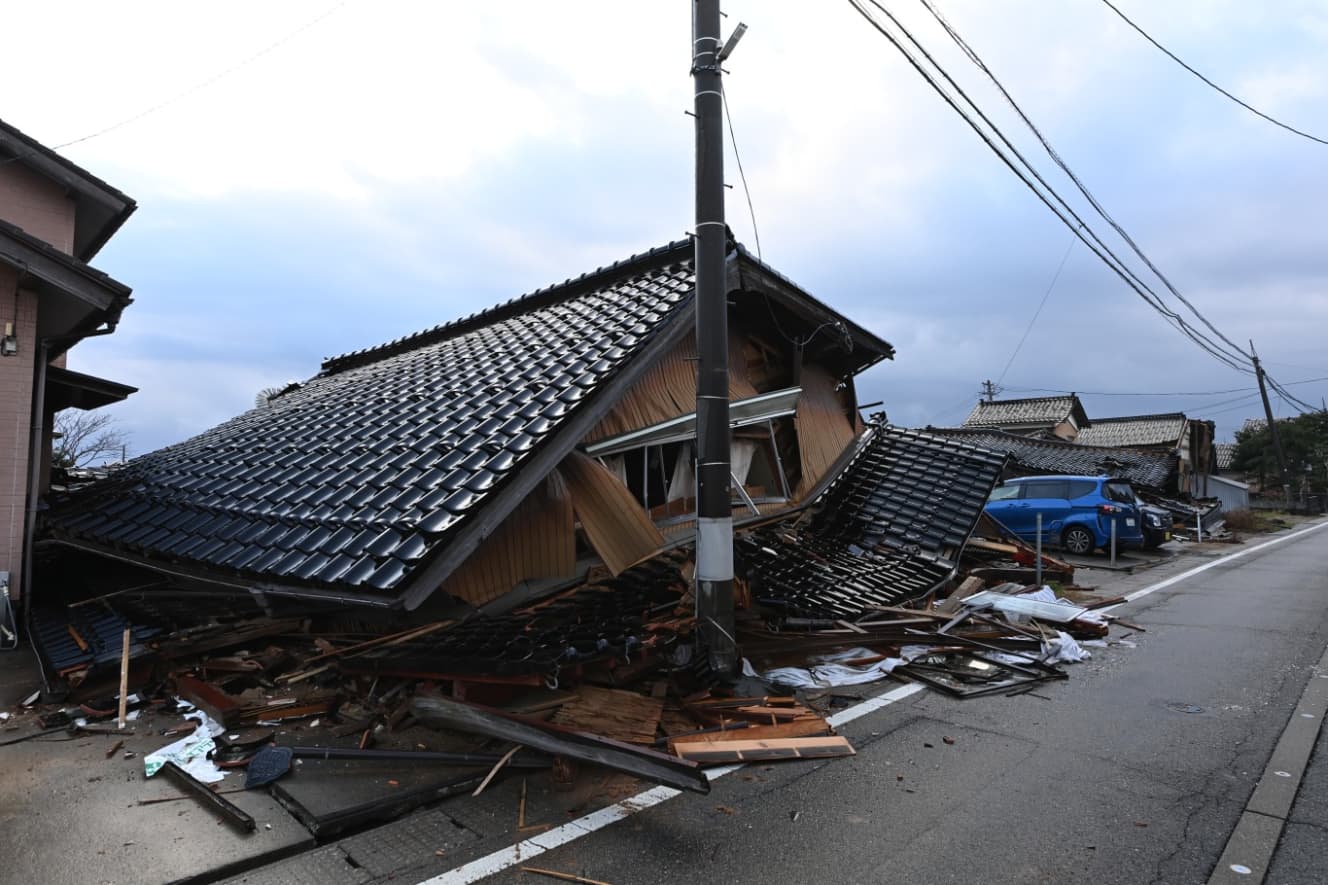
On the day of the earthquake, I had just paid my first visit to my wife’s parents’ house in the mountains. At first it wasn’t a big quake, but then there was a main quake, or a very big tremor that lasted a long time. When I looked out the window, I saw that a landslide had occurred right in front of us. After that, I walked along a mountain road to reach an evacuation center.
The shelter feels comfortable for me. I don’t have a full stomach, but there is food and drinks, and the staff is doing their best. I can’t think about the future just yet, but I hope to make progress, even if it is one step at a time.”

Eleven days have passed since the earthquake. In the Noto region, where aftershocks are still continuing, victims continue to live in shelters with no clear future.
PHOTO: Tsuyoshi Nodo, Masayoshi Katayama
